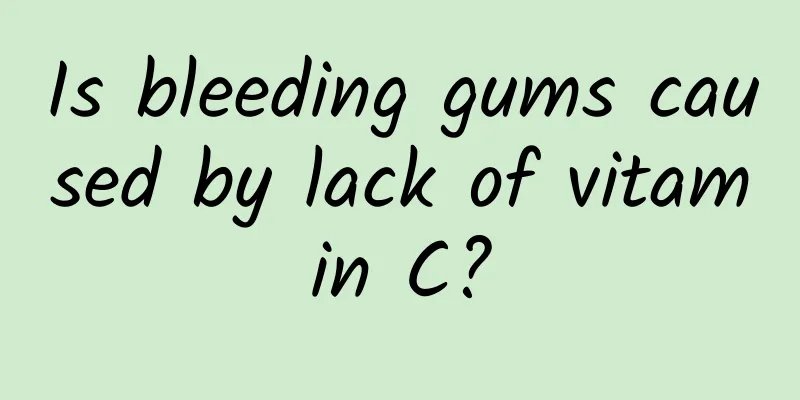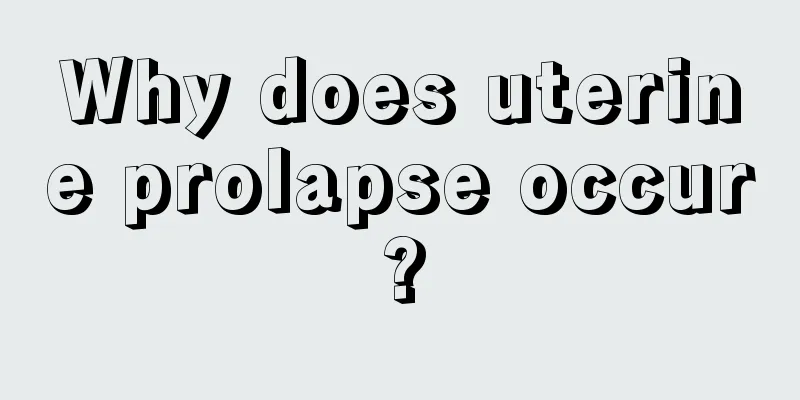Treatment of ureteral stones in women

|
I believe that some female friends may have such an experience in life, that is, ureteral stones. During an attack, there may be symptoms such as nausea and vomiting, cold sweat, pale complexion, abdominal distension, and shortness of breath. The vast majority of ureteral stones originate from the kidneys, are mostly unilateral stones, and often occur in middle-aged people. Here I will introduce to you the treatment methods for ureteral stones in women. 1. Conservative treatment (1) Drinking plenty of water Increasing the amount of water you drink can lower the concentration of stone-forming components in the urine, reduce the chance of stone precipitation, promote the excretion of small stones, and also facilitate the drainage of infection. Therefore, patients with stones should develop the habit of drinking more water and keep their daily urine volume above 2000-3000ml. (2) Control urinary tract infection. Stones, obstruction and infection often form a vicious cycle in the body. Therefore, when stones are combined with infection, the stones should be examined and treated under the condition of controlling the infection. Ammonium magnesium phosphate stones are often formed in infected urine. (3) Adjust your diet and decide on a stone prevention diet based on the composition of the stones. Uric acid stones should be treated with a low-purine diet, and cystine stones should be treated with a low-methionine diet. Fruits and vegetables can make urine alkaline, which is better for preventing uric acid and cystine stones. Meat makes urine acidic, which is better for preventing infection stones. For phosphate stones, a low-calcium, low-phosphorus diet and aluminum hydroxide gel can be used. Calcium kidney stones should avoid high calcium, high salt, high oxalate, high animal protein, high animal fat and high sugar, and adopt a high-fiber diet. (4) When renal colic occurs, the pain should be relieved first. For emergency treatment of severe renal colic, abdominal distension, nausea and vomiting, most of them can be relieved after infusion, local hot compress, injection of atropine, morphine or pethidine. Acupuncture and ear acupuncture both have analgesic effects. Injection of indomethacin and other drugs has a better analgesic effect. (5) Stone removal therapy: Most stones with a diameter of less than 0.4 cm can usually be removed on their own. Stones with a diameter of 0.4 to 0.6 cm or even up to 1.0 cm, with a smooth surface and no obvious symptoms of obstruction or infection, may be removed by combining traditional Chinese and Western medicine. (6) Litholytic therapy ① Oral medications are more effective in dissolving pure uric acid stones. If there is a nephrostomy, alkaline drugs can be used to dissolve uric acid stones, and the effect is also better. Drinking plenty of water to keep daily urine volume above 3000 ml, adjusting urine pH to 6.5-7.0, limiting high-purine diet, and taking allopurinol may dissolve the stones. Note that when using allopurinol, one should be alert to its nephrotoxicity, especially for those with poor renal function, and the dose should be adjusted according to creatinine clearance. ② Cystine stones can be dissolved by oral medication or through nephrostomy. The effect of dissolving cystine stones with medication is good. In addition to drinking plenty of water regularly day and night, up to 3000-4000 ml per day, a low-methionine diet, and alkalizing urine to a pH of 7.0-7.5, D-penicillin or Thiola can also be used. 2. Surgery The purpose of surgical treatment is to remove all stones. It is effective for isolated stones and has better effects on multiple and recurrent kidney stones. (1) The indications for surgical treatment are relative. It is generally believed that stones with a diameter greater than 1.0 cm have a lower chance of spontaneous excretion, especially common oxalate stones, which are difficult to excrete due to their rough surface. If obstruction caused by stones affects renal function or non-surgical treatment is ineffective, surgical treatment should be considered. In recent years, due to the development of extracorporeal shock wave lithotripsy and endourology, surgical indications have changed to a certain extent. The above introduces the treatment methods for ureteral stones in women. In daily life, we should pay attention to a reasonable and healthy diet and lifestyle, and it is also very important to maintain a positive attitude. Hopefully, these methods will be effective for patients. These are just textual explanations. If you have any questions, be sure to seek medical attention immediately. Make your body get better faster and devote yourself better to work and life. |
<<: What is the normal checkup schedule for pregnant women?
>>: Treatment of adenomyosis in women
Recommend
Beware of "laughing gas": seemingly harmless but dangerous temptation
Image from CCTV News Author Duan Yuechu Recently,...
Consequences of nephritis in women
Not only men suffer from kidney disease, but wome...
What causes breast pain? Three major incentives to pay attention to!
Some female friends sometimes feel a tingling sen...
How to take care of women’s photon hair removal?
There are many modern hair removal technologies, ...
What are the side effects of taking progesterone during pregnancy?
For women with progesterone deficiency, they can ...
How to treat uterine cold and body cold?
The most typical manifestation of cold body is co...
How to humidify indoors when there is heating? What can I do to relieve the dryness of indoor heating?
We all know that in winter, the weather is cold a...
What age is considered menopause?
In recent years, menopause has gradually become a...
How to maintain the uterus?
It is everyone's dream to have a healthy body...
What are the early symptoms of ectopic pregnancy in women?
We are all familiar with ectopic pregnancy. Altho...
Conquering the Millennium Leprosy: The Highlight of Human Anti-epidemic History in the 20th Century
Author: Shurui Chen of Nagoya University This was...
Polycystic pregnancy is prone to fetal arrest
Because people are currently under too much press...
What should women drink to replenish qi and blood
Beauty is what every woman pursues, and qi and bl...
Talking about "intestinal" knowledge, pooping after eating is not necessarily as simple as "straight intestine"
Going to the toilet right after eating, going to ...
How to confirm that the gestational sac has fallen out
The gestational sac is very important for embryo ...









